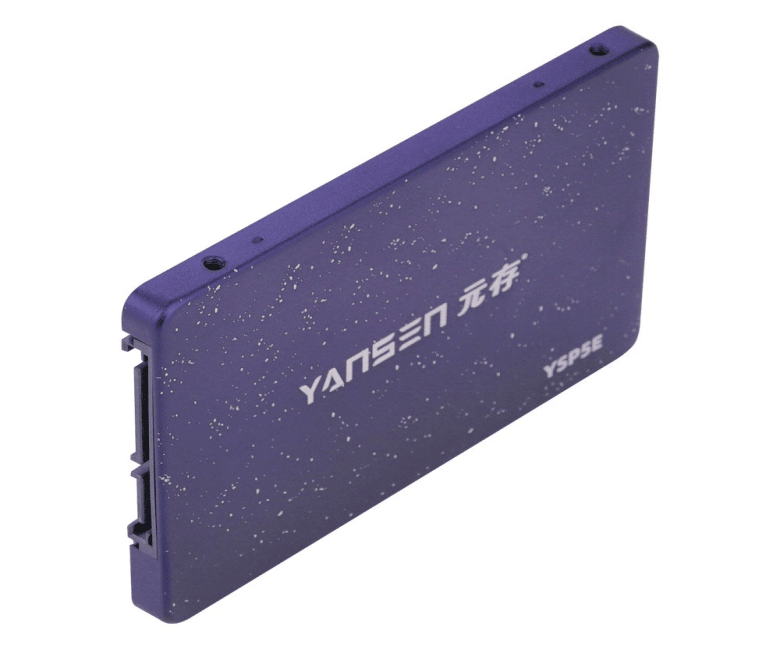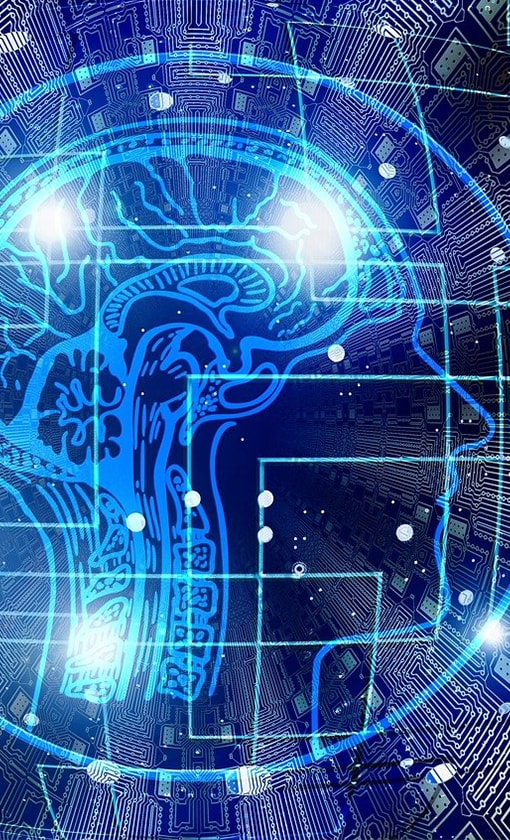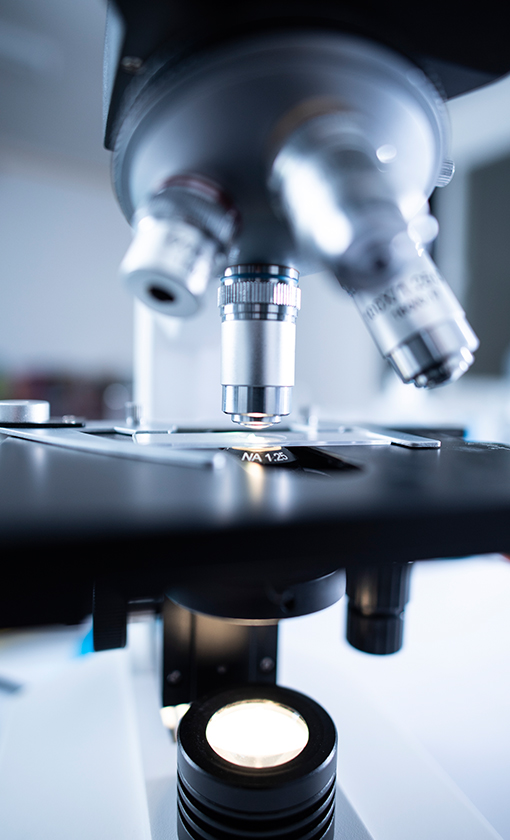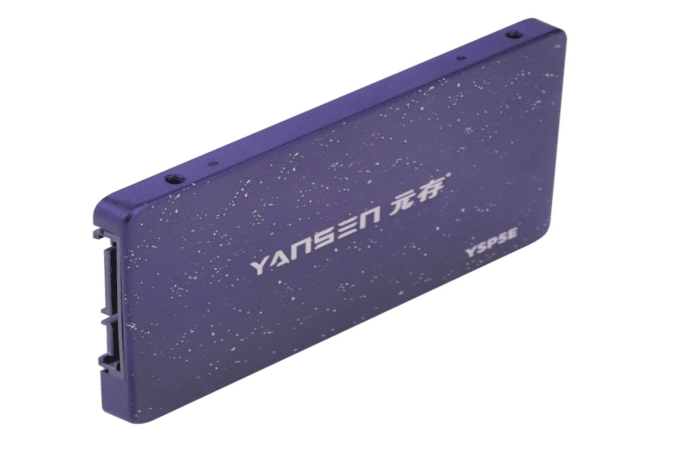1. Why Understanding Server Hardware is Crucial for Performance
Even with modern software-based data center solutions, understanding the physical components of a server is essential to ensure optimal performance and efficiency. Whether you're a data center administrator or simply interested in server architecture, knowing the critical hardware components is vital for improving server efficiency and performance.
Servers are the backbone of any data center. These modular units house all the computing power required to route, store, and process data across various systems and applications. Depending on the scale of your data center, servers can be in the form of blade, rack, or tower setups.
Administrators can scale the infrastructure based on demand, ensuring that the hardware is properly maintained and kept cool. Regardless of server type, certain core components, such as RAM and SATA drives, are essential for enabling simultaneous data processing at any scale.
In this article, we’ll dive into two critical components of server hardware: RAM (Random Access Memory) and 2.5-inch SATA drives. Together, they form the foundation of your system’s performance, allowing for faster data processing and more efficient workloads.
2. Random Access Memory (RAM): The Backbone of Data Processing
2.1 What Is RAM and Why Is It Important?
RAM is the most common type of memory used in servers and computers. It temporarily stores data that the processor needs to access quickly, including software instructions, data being processed, and output waiting to be written to a storage device. RAM’s primary function is to boost processing speeds by allowing rapid access to the data that the CPU requires.
Unlike traditional storage options, RAM is volatile, meaning it loses all stored data once the system is powered off. However, its high-speed nature makes it the ideal memory for temporary, high-performance storage needs.
There are different types of Dynamic RAM (DRAM), each with specific speed and performance characteristics suited for different workloads. Since RAM is so crucial for data processing, it needs to match the speed and performance of the processor to avoid bottlenecks.
In modern servers, RAM is organized into modules with specific form factors, making it easy to upgrade or replace. The most common RAM module used in servers is the Dual Inline Memory Module (DIMM). Servers can accommodate hundreds of gigabytes of RAM, ensuring that even the most data-intensive tasks can be processed quickly.

2.2 How RAM Affects Server Performance
The more RAM a server has, the better it can handle multiple applications, large datasets, and complex workloads simultaneously. RAM serves as the bridge between the CPU, OS, and applications, providing fast access to data that’s frequently used. Without enough RAM, a server will be forced to use slower storage options, which can severely hinder performance.
3. 2.5-Inch SATA Drive: A Key to Efficient Data Storage
3.1 What Is a 2.5-Inch SATA Drive?
The 2.5-inch SATA drive is a standard storage device in modern servers. SATA (Serial Advanced Technology Attachment) is a standardized interface used to connect hard disk drives (HDDs) and solid-state drives (SSDs) to a server’s motherboard. While HDDs have been around since the 1950s, SSDs have become increasingly popular in server environments due to their higher performance and lower latency.
HDDs use spinning magnetic platters to read and write data, and although they’ve been reliable, they are slower compared to newer technologies. On the other hand, SSDs replace the mechanical parts of HDDs with non-volatile flash memory, offering a dramatic speed improvement.
The 2.5-inch SATA form factor is a popular choice because it’s compact, fits easily in server racks, and is widely supported by most motherboards. With no moving parts, SSDs are more reliable, offer lower power consumption, and perform better under heavy workloads than traditional HDDs.
3.2 SATA vs. SSD: Which One Should You Choose?
While HDDs are still common in many server environments due to their larger capacities and lower cost, many organizations now choose to use a combination of HDDs and SSDs. SSDs are preferred for high-performance applications that demand low latency and high input/output operations per second (IOPS), while HDDs can be used for bulk storage and applications with lower performance needs.
In data center setups, the combination of 2.5-inch SATA SSDs and HDDs allows companies to meet the diverse performance requirements of different workloads, all while maintaining cost-efficiency.
4. The Importance of High-Quality SATA Drives for Your Server
When it comes to server hardware, quality matters. SATA drives are a critical component for ensuring that your server can handle high data throughput and storage requirements. Low-quality drives can lead to slower performance, increased risk of data corruption, and potential hardware failure.
For optimal performance and reliability, always choose high-quality 2.5-inch SATA SSDs from trusted manufacturers. This will help ensure your server operates efficiently and that your data is stored safely, ready for retrieval at a moment's notice.
5. Contact Us for Premium 2.5-Inch SATA Drives
At Kingspec, we offer top-of-the-line 2.5-inch SATA SSDs and RAM modules designed to enhance your system's performance. Whether you're looking to improve your data center, upgrade your server's storage, or boost your server's speed, we have the right solutions for you.
SATA drives and RAM are essential for the speed and efficiency of your server. A reliable supplier like Kingspec ensures that you get the best quality at competitive prices.
Click here to get your high-quality SATA drives at great rates and upgrade your system's performance today!
6. Conclusion: Building a High-Performance Server Infrastructure
To sum it up, RAM and 2.5-inch SATA drives are two of the most important components for optimizing your server's performance. RAM is essential for high-speed data processing, while SATA drives—especially SSDs—are crucial for efficient data storage and quick retrieval.
By ensuring your servers are equipped with high-quality RAM and SATA SSDs, you can handle the most demanding workloads with ease, improve performance, and ensure long-term reliability.
Partner with Kingspec for top-tier server hardware and experience the best in data storage and processing power.






















